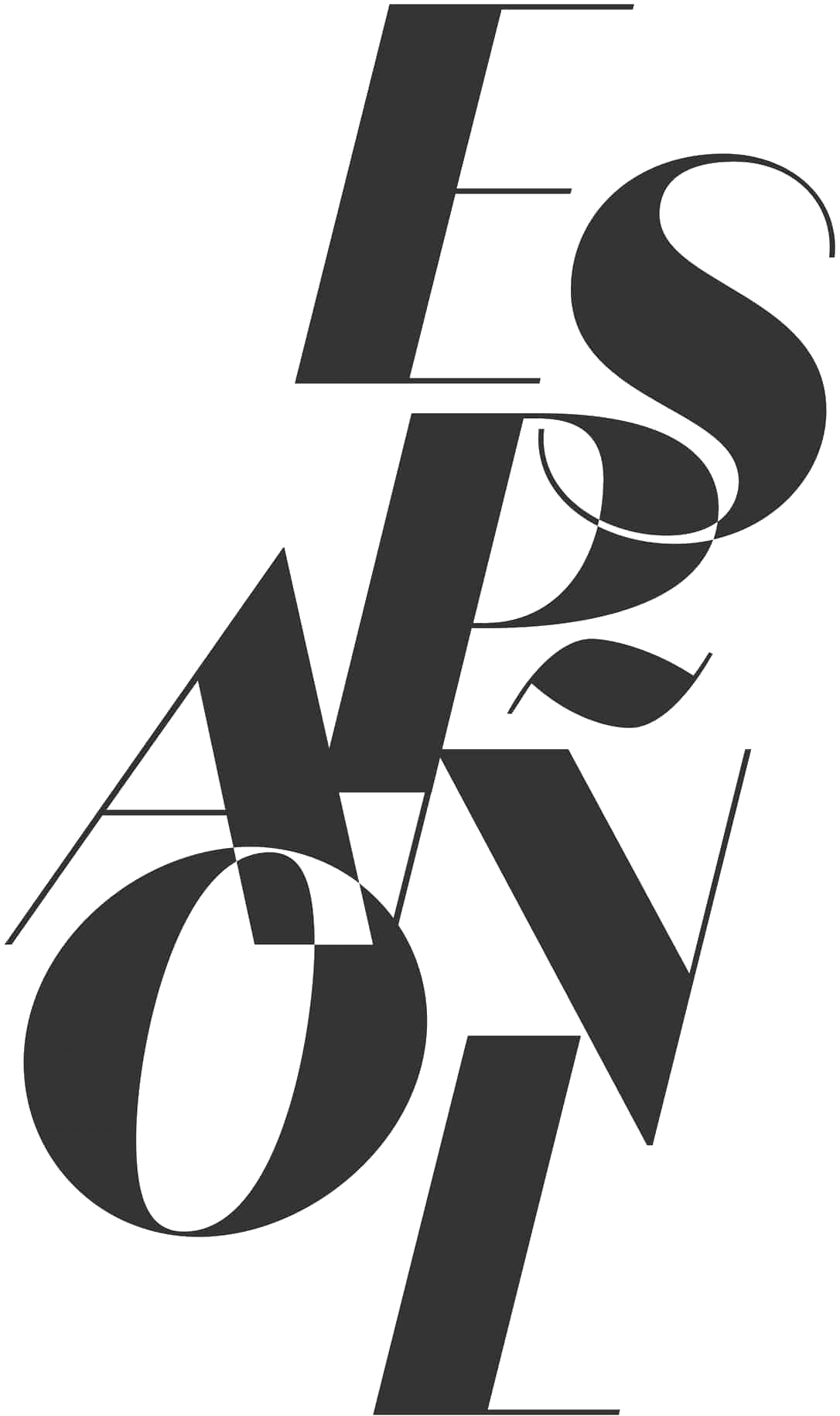

When we’re introduced to Diane Keaton’s defining character Annie Hall, the protagonist of the Woody Allen film of the same name for which she won the 1978 Academy Award for Best Actress, she’s dressed androgynously in a tailored vest, dress shirt, wide-leg trousers, and an even wider blue and white polka dot silk tie, with her shoulder-length brown hair tucked into a bowler hat. Her love interest tells her he loves what she’s wearing, and she responds with one of her charming non sequiturs, “Oh you do? Yeah? Well this tie is a present from Grammy Hall,” referring to a grandmother who lives in Wisconsin. It’s hard to overstate the influence that scene has had on fashion at the time, helping popularize traditionally menswear-coded attire for a female market and making Keaton an enduring style icon.
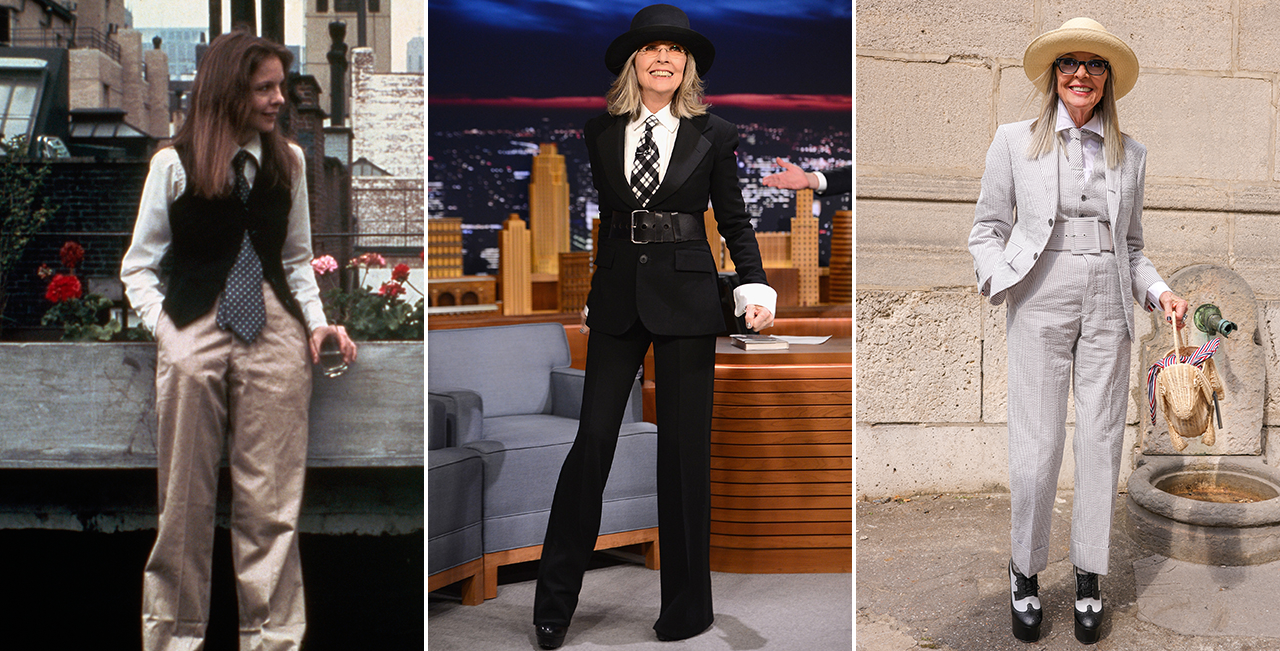
In Keaton’s photo album-like personal style memoir, Fashion First, out this month from Rizzoli, the actor born Diane Hall and nicknamed Annie showcases her remarkably consistent look through hand-annotated red carpet moments, magazine editorials, street-style shots, and even a bowler hat baby photo. At 78, Keaton still favors the same silhouettes she wore nearly five decades ago as Annie Hall (these days from Ralph Lauren, Thom Browne, Louis Vuitton, and Gucci). TikTok loves her for it. Annie Hall stans offer how-to-tie-a-tie tutorials on the social media platform as Gen Z discovers the joys of la-di-da style. And famous necks from Zendaya and Anne Hathaway to Janet Jackson and Selma Blair have sported ties in recent months.
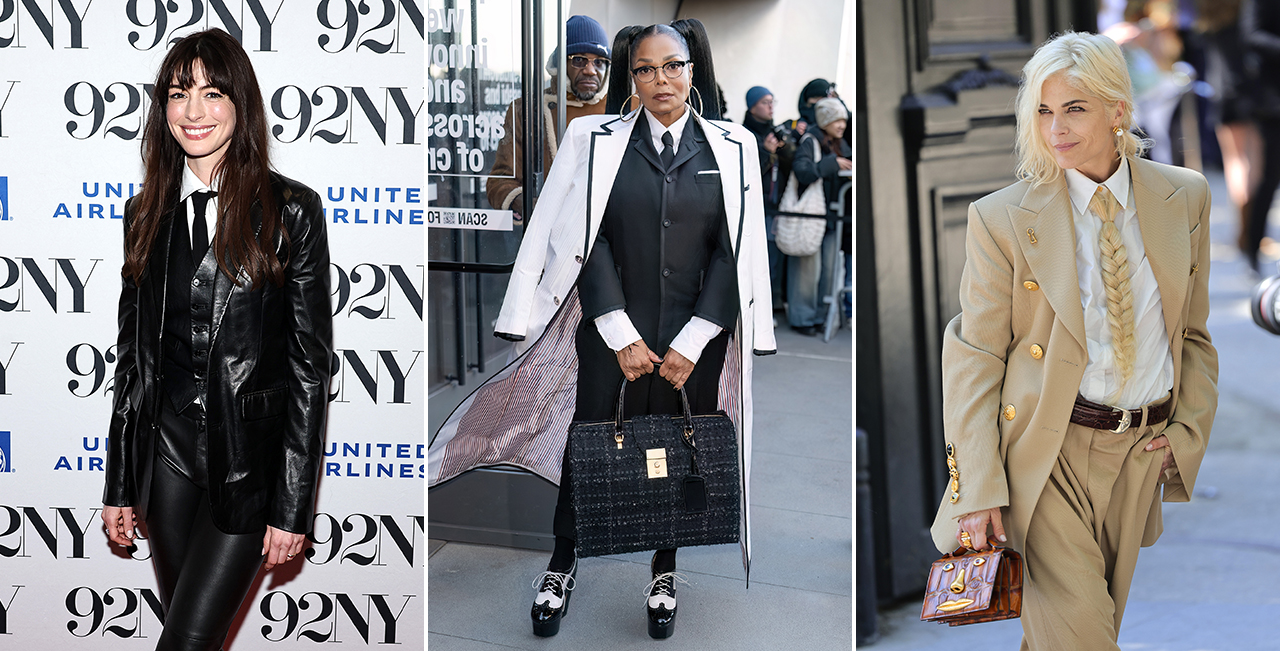
Windsor knots were also all over the Fall/Winter 2024 runways. At Loewe, Jonathan Anderson sent out a trio of Annie Hall look-alikes in striped silk ties, pastel shirts, cashmere vests, and balloon trousers. “Diane is so uniquely herself, an icon, and a true individual,” says Thom Browne, who showed ties with half of his layered tailored looks. “The fact that when we see women in ties on the catwalk today, the first thing that comes to mind is Annie Hall is a testament to the film’s lasting impact,” says Marta Franceschini, an fashion historian and curator who worked on the Victoria & Albert Museum’s Fashioning Masculinities exhibit. For Franceschini, they also recall the Regency-era trendsetter Beau Brummell, the father of dandyism widely credited with being a pioneer of the necktie. “In the early 19th century there was this satirical pamphlet called Neckclothitania that explained to men the many myriad of ways in which they could style their neck,” she says.
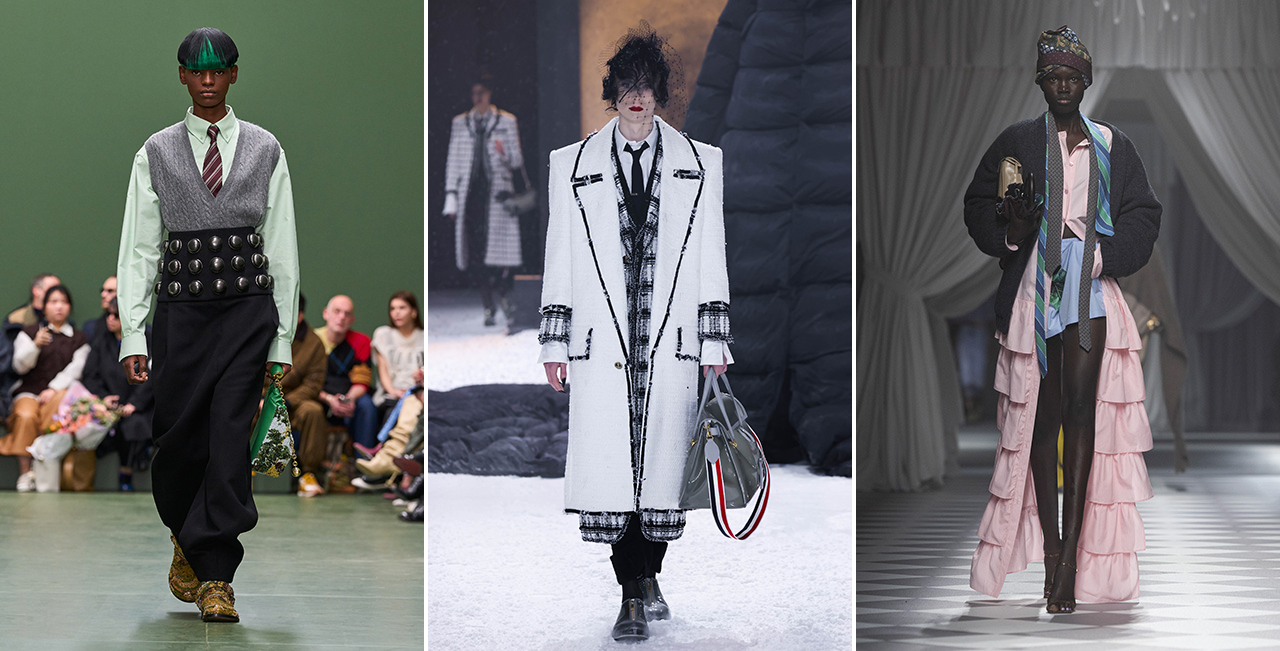
Now, it appears, designers are proposing inventive ways for women to style themselves. Ties are a must-have accessory for Fall/Winter 2024, both at tailoring-centric labels like Giorgio Armani and Ralph Lauren, where they were they were given a Western spin with fringed suede pants and cowboy hats, and in rather less expected quarters such as purveyor of catsuits and other high-wattage evening looks LaQuan Smith. “While updating the iconic Annie Hall look, I aimed to infuse contemporary elements that resonate with today’s fashion while maintaining the classic charm that Diane Keaton so effortlessly embodied in the film,” says Smith of his pinstripe vest minidress worn with a tie and glossy knee-high boots.
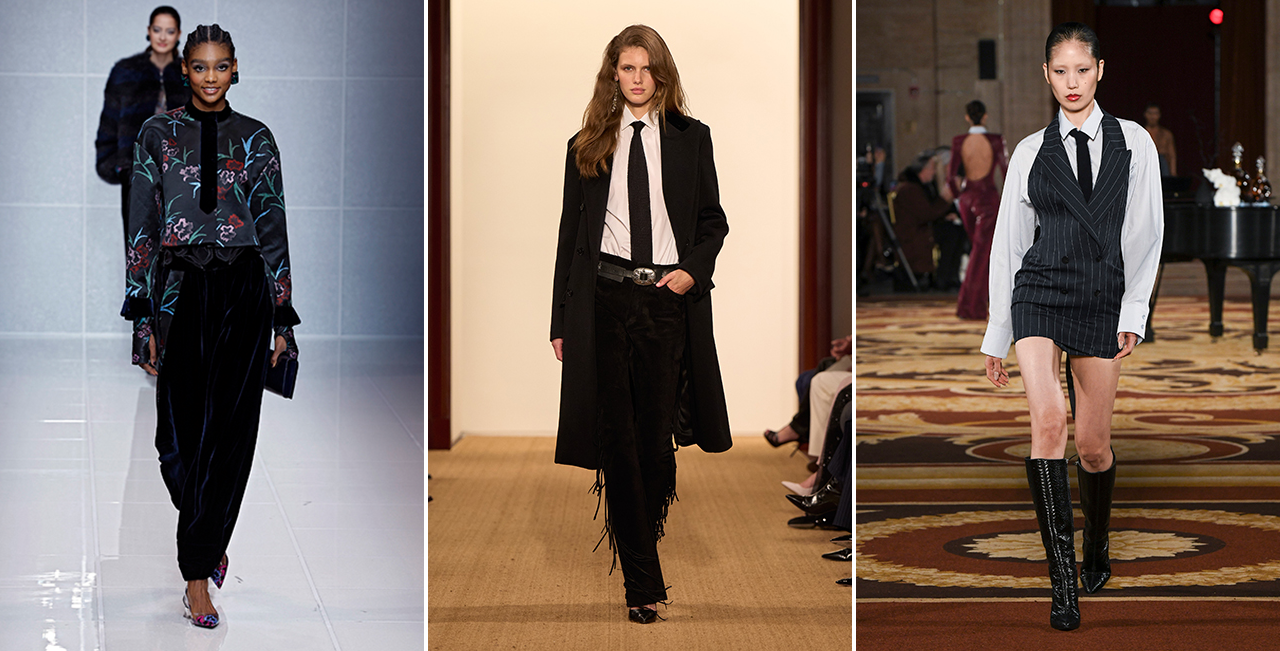
Other designers freed ties from the association with tailoring tradition. They were shown with twisted riffs on sweats at Ottolinger, a leopard padded shrug and wide-leg jeans at Vaquera, and a mini-dress made from upcycled leather trousers at Hodakova. At Noir Kei Ninomiya, a wool jumpsuit sprouted five tie-shaped faux leather protuberances.
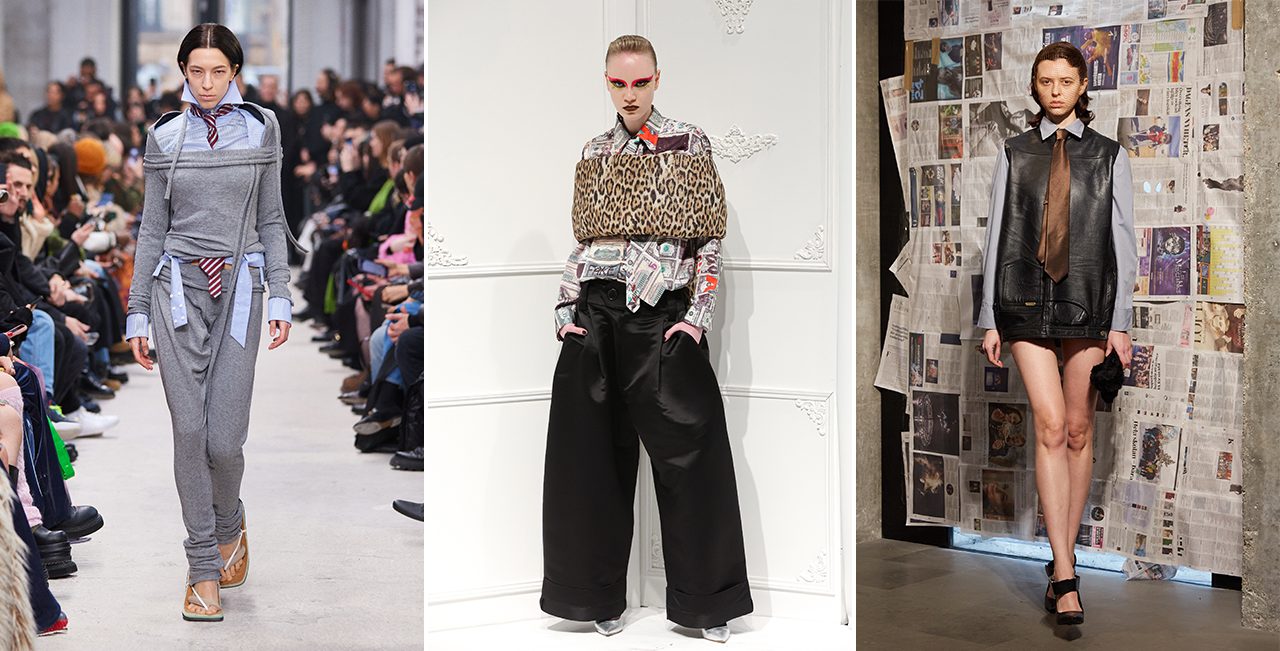
It’s been said that Ralph Lauren invented the Annie Hall look, but in the foreword to Fashion First he attempts to set the record straight. “I am often credited with dressing Diane in her Oscar-winning role as Annie Hall. Not so,” he demures. “Annie’s style was Diane’s style. Very eclectic. She loved floppy hats and oversized men’s jackets. She loved dangly neckties.” Lauren did design a tuxedo jacket for Keaton, plus several of the tweedy blazers worn by Allen. But the rest of Keaton’s costumes largely comprised Goodwill menswear finds she pulled from her own closet. The famous polka dot tie was the same one she had previously worn with a white Richard Tyler suit to present at the 1976 Academy Awards. “It was not the norm back then for a woman to wear a suit in general, let alone to the Oscars,” Keaton recalls of her dapper getup. “I am not sure how I gathered the courage but, to be honest, I think I just didn’t care. I wanted to feel like myself, and wearing a suit was the only way.”
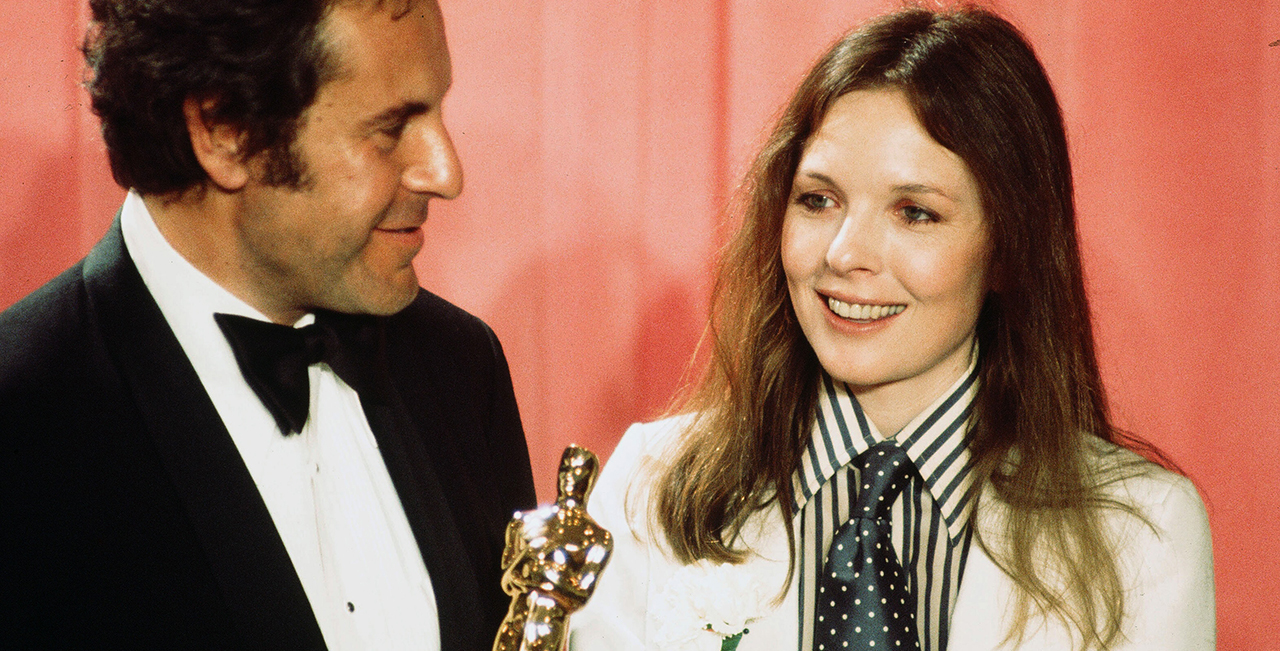
Although Keaton didn’t wear many Ralph Lauren garments in Annie Hall, what is clear is that she and the designer were stylistically simpatico. “I remember in the 1970s going into Ralph Lauren’s store,” says Keaton. “I couldn’t believe what I was seeing. It was the beginning of women’s clothes being slightly more masculine—but not too masculine that you couldn’t pull it off.” Lauren, who first made his name with a line of four-inch wide ties called Polo, put women in tailored separates beginning with his debut women’s collection for Spring/Summer 1973. “Ever since she came to my early fashion shows … we just clicked,” recalls Lauren. “I liked her style, and she liked mine.” In a review of his Fall/Winter 1978 show held three weeks after Keaton won her Oscar, former New York Times fashion critic Bernadine Morris remarked on the abundance of “man-tailored suits” and ties in the lineup and noted that “Diane Keaton, Annie Hall herself, leaned forward in her front-row seat at this one, clapped happily and murmured ‘perfect.’”
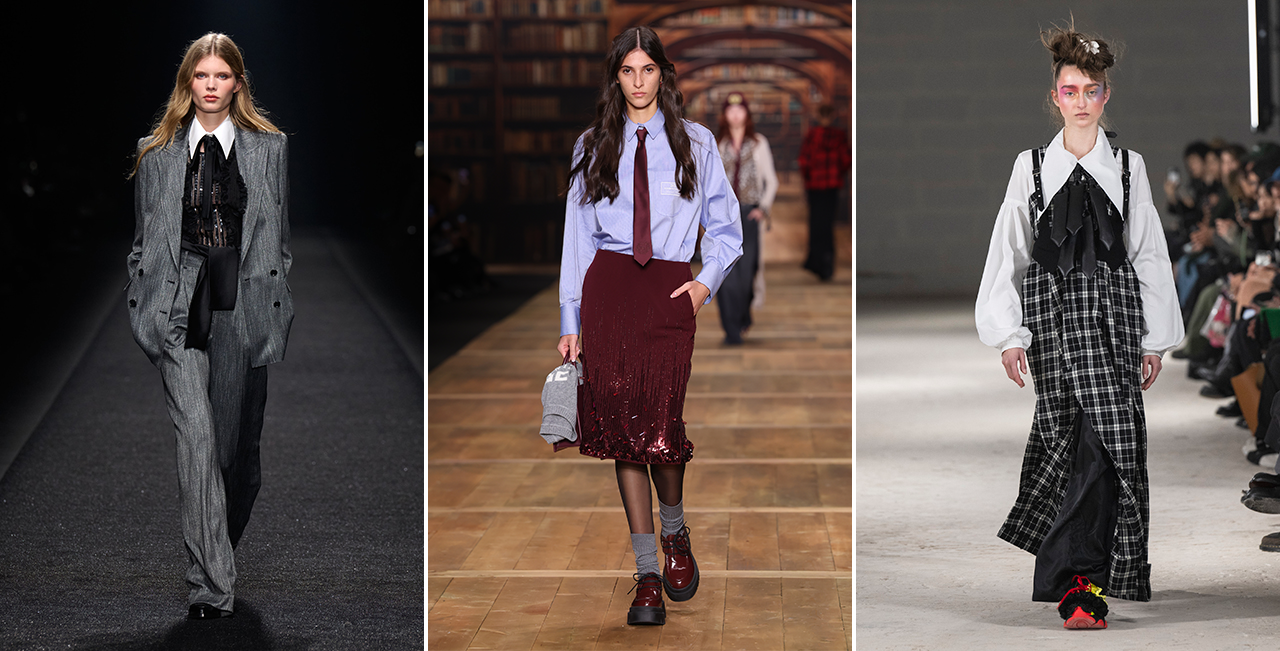
Today, tailoring telegraphs ease and polish for people of all genders and women’s wear designers have adapted each piece of the classic Saville Row three-piece suit and made it their own. See: Democratic presidential nominee Vice President Kamala Harris’s custom Chloé pantsuit and former first lady Michelle Obama’s Monse deconstructed vest with crisscross lapels for their speeches at the Democratic National Convention.
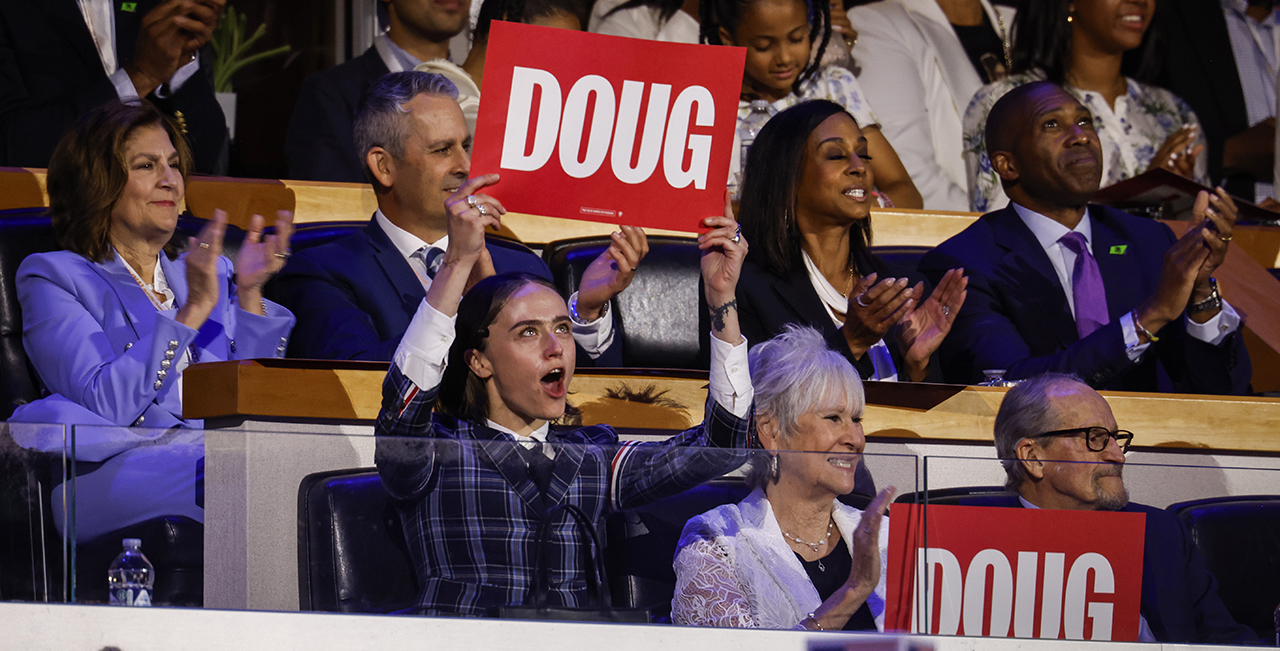
Interestingly the one bit of haberdashery that hasn’t quite gone mainstream for women in the halls of power— yet—is the tie. Early adopters at Chicago’s United Center included Harris’s step-daughter Ella Emhoff, who wore one with a Thom Browne shrunken plaid suit, and stylist and influencer Tina Leung, who styled a Max Mara herringbone double-breasted jacket and high-slit midi skirt with a tie in the same fabric. “A tie just brings a look up a notch and pulls it all together,” says Leung.


